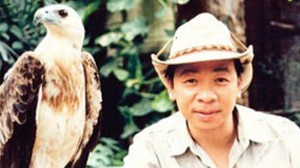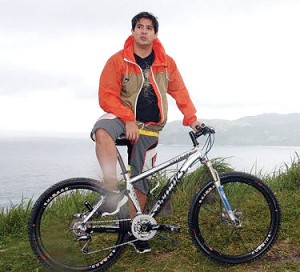Discovering the world every Sunday on TV
Sunday has become Exploration Day on TV, with all three of our leading channels regaling viewers with adventure and travel jaunts to exciting and unusual parts of the country and the world.
Last April 30, for instance, Aga Muhlach’s “Pinoy Explorer” show took viewers to scenic Batanes for a first-hand view of one of the best and most pristine sites in the Philippines.
On GMA 7, it was Bong Revilla’s turn to go where very few people have gone—to the North Pole, a cruel inhospitable land, where the courageous Inuit Eskimos have learned to survive with the help of their loyal canines.
Revilla didn’t go there himself. He merely narrated portions of a foreign documentary about the place, but it was nevertheless a thrilling seminal trip.
Kim Atienza used his Studio 23 program as showcase for his coverage of an unusual mission with a group of local and visiting scientists—to document the rare life forms at the bottom of the Philippine Deep.
Different program styles
The styles of presentation may have been different, but all three programs left viewers with a deep resolve to find the time to become first-hand explorers themselves, not just before they kick the bucket, but this year!
Aga’s visit to Batanes may have been the simplest and easiest to pull off, but it came off best of all, because it was so personal and heartfelt in approach. Aga was blown away to discover, as not enough Filipinos have, that the northern tip of Luzon is an exotically different country, and looks distinct from the rest of the Philippines. Tourists may well feel like they’ve gone abroad—without bringing a passport.
Visitors to that rugged northern island have likened it to New Zealand or Scotland or Ireland, due to its raging seas and occasionally precipitous terrain with awe-inspiring vistas.
A plane ride to Batanes doesn’t come cheap, but Filipinos owe it to themselves to go there at least once in their lifetime, to enhance their perception of how different from the norm a
Philippine landscape can be.
Atienza’s show on the scientific exploration of the Philippine Deep was valuable, because it enabled viewers to see—through the eyes of foreign experts—what our seas have to offer.
What we often take for granted delighted these scientists, as they analyzed new variations of the usual sea creatures found in Philippine waters.
A sobering sidelight was the discovery of a lot of discarded plastic trash—a chilling comment on Filipino ineptness as custodians of their seas and oceans, and the magnificent creatures these waters harbor in their depths.

